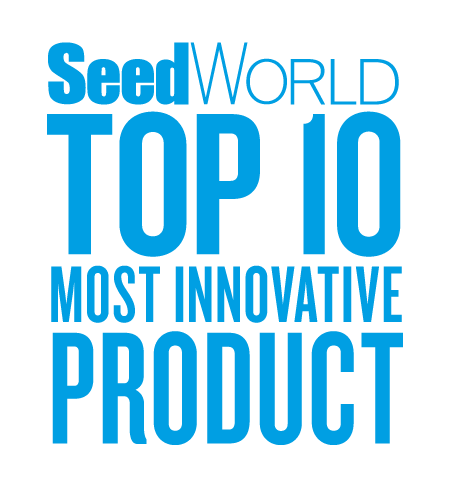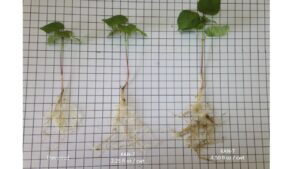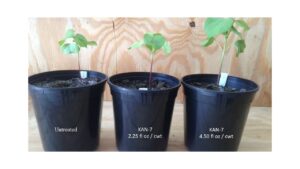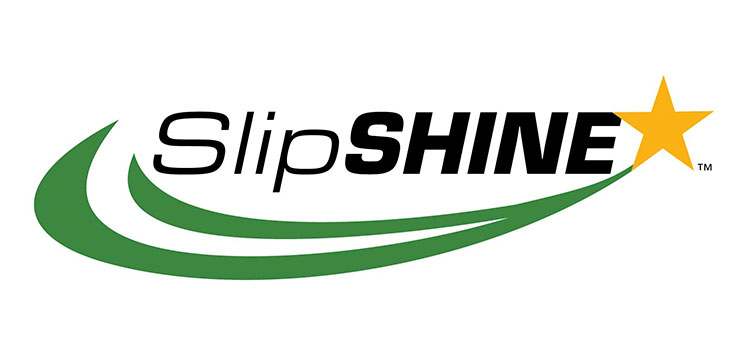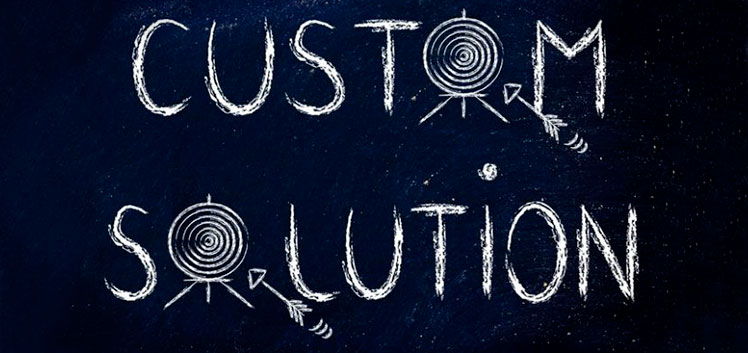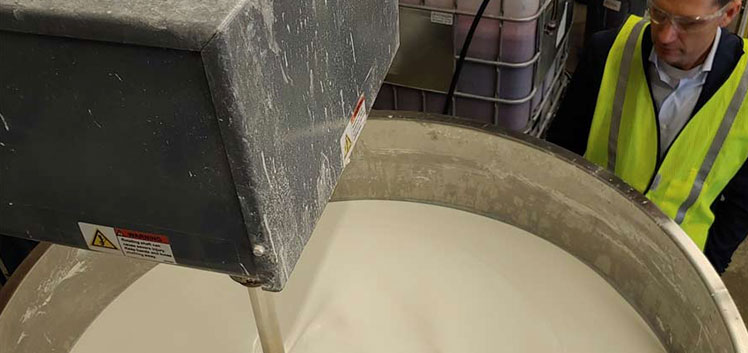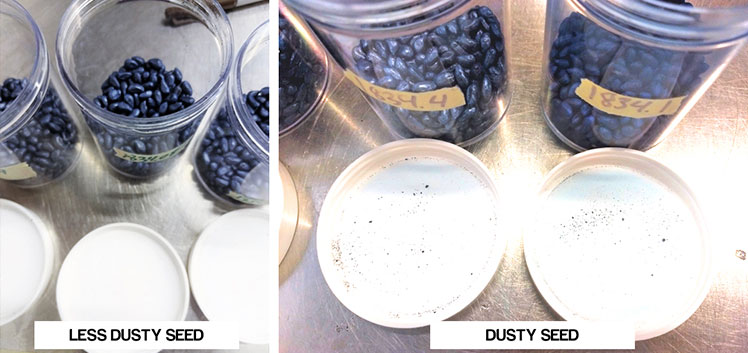Kannar’s All-New, All-Natural Seed Safener Helps Seed Reach Its Full Potential
Researchers proved long ago that adding pesticides and other chemical treatments to seed can overload the seed, causing germ delays or even some phytotoxic side effects. Because the benefits of seed treatments still outweigh those negative effects, growers have accepted the seemingly necessary consequences. That won’t have to be the case much longer. Kannar Earth Science, Ltd. is on the cusp of introducing a new patent-pending technology they call Pesticide Overload Protection (POP!™), a game-changing, natural seed safener technology that allows seed all the benefits of seed treatment, while simultaneously promoting uniform germination and enhancing the early seed vigor.
What is POP!™
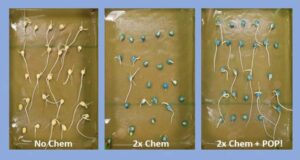
POP! is a non-selective, seed-applied safener that helps the seed withstand common phytotoxic side effects stemming from the application of chemical treatments. Further, POP! allows seed the much-needed early vigor that is vital, especially to large acre, modern agricultural crop establishments. Kannar has found that POP! benefits crops exposed to abiotic stressors at planting such as moisture stress, temperature extremes, high salinity, and suboptimal soil pH.
“I like to describe POP! as being like an electrical surge protector… but for seed,” says Ahsan Habib, Crop Input Specialist at Kannar. “Also, by enabling the crop to establish more rapidly and uniformly, POP! promotes more predictable and consistent productivity: benefits that a grower can take right to the bank. POP! is truly amazing in that it promotes both seed safety and vitality, naturally,” he adds.
POP! is not just for the seed, but also supports soil health, creating a protective layer from pesticides for the critical, beneficial microorganisms that cycle nutrients, build soil structure, and support plant health.
Habib says that, to his knowledge, POP! is the first broad-spectrum seed safener that is free from hormones and derived purely from natural and plant-based ingredients. POP! has shown to be especially effective on wheat when Imidacloprid is applied to the seed.
Kannar also has field trials underway testing if POP! will also benefit crops when applied in combination with herbicides and pesticides.
Join Kannar and Discover the Next POP!
Kannar is keen to share developmental field trial results and partner with companies that also believe that environmental sustainability remains the only future of agriculture. “If you, like us, believe innovation is the path to better agriculture, let’s talk!” says Habib. You can reach Kannar at 678-475-1155.
*POP!™ is a trademark belonging to Kannar Earth Science, Ltd.
Kannar exists to promote ideal agriculture through designing and manufacturing innovative seed coatings, synergistic fertilizer technology, and related crop inputs. We continually strive to find economical and practical ways to bring successful technology to growers.
Modified from June 2022 SeedWorld Magazine article

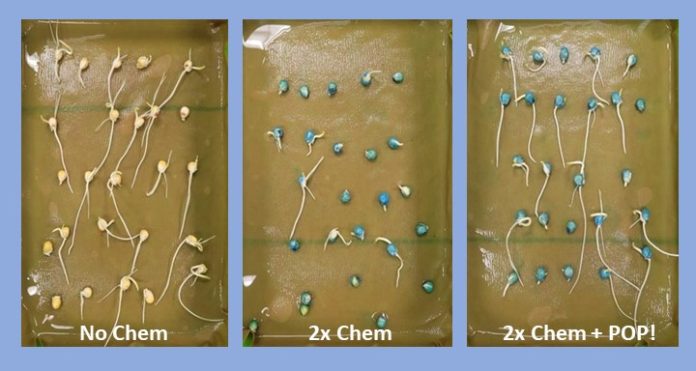


 – Ahsan Habib, Ph.D., Agricultural Input Specialist & Lab Team Lead
– Ahsan Habib, Ph.D., Agricultural Input Specialist & Lab Team Lead